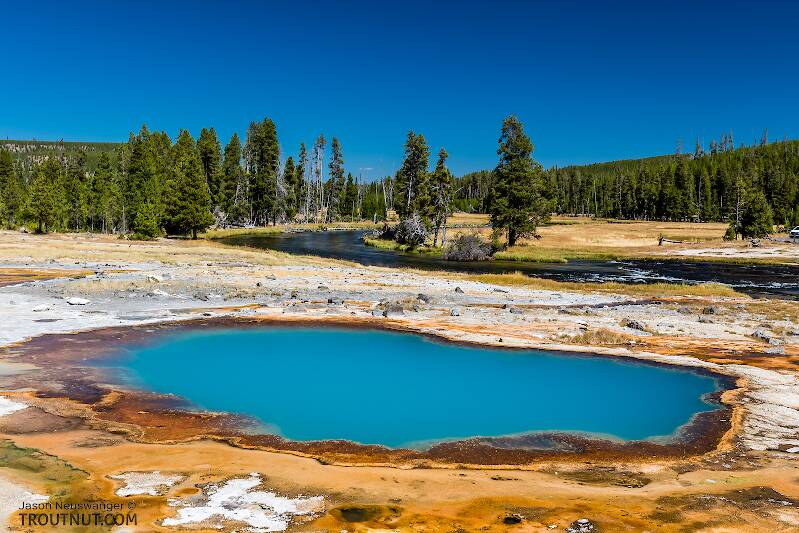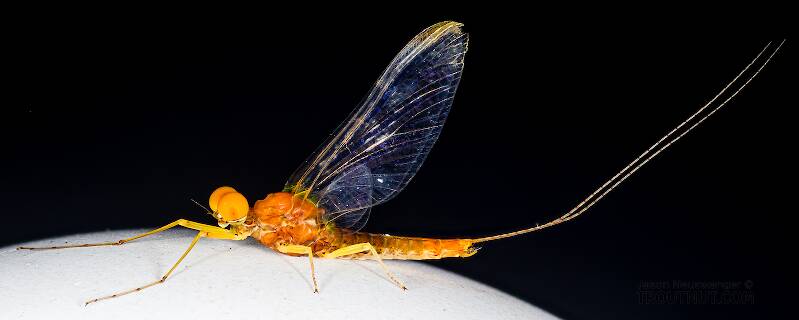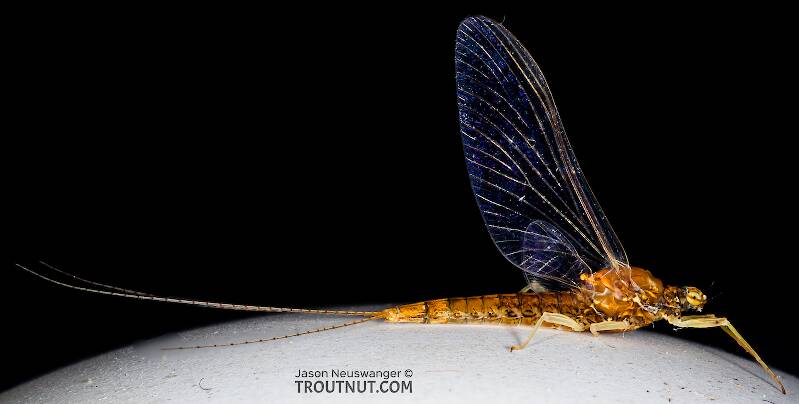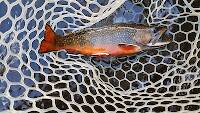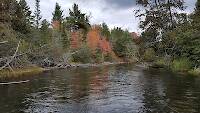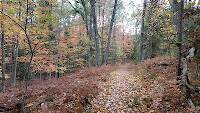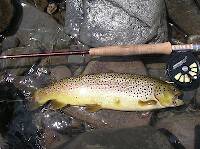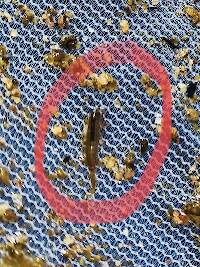
Blue-winged Olives
Baetis
Tiny Baetis mayflies are perhaps the most commonly encountered and imitated by anglers on all American trout streams due to their great abundance, widespread distribution, and trout-friendly emergence habits.
Featured on the forum

This one pretty clearly keys to Kogotus, but it also looks fairly different from specimens I caught in the same creek about a month later in the year. With only one species of the genus known in Washington, I'm not sure about the answer to this ID.

Troutnut is a project started in 2003 by salmonid ecologist Jason "Troutnut" Neuswanger to help anglers and
fly tyers unabashedly embrace the entomological side of the sport. Learn more about Troutnut or
support the project for an enhanced experience here.
This topic is about the Mayfly Species Eurylophella temporalis
Example specimens
Homer47
Posts: 1
Posts: 1
Homer47 on Sep 5, 2012September 5th, 2012, 5:06 pm EDT
Looks like an imitation would be about a #10 or #8 dark brown nymph pattern. I'm down here in north Fla and trying to match the hatch in the far north central part of the state, mostly to fool the bream. Any ideas or help would be appreciated. I found two patterns so far that seem to work- a little brown nymph with a rusty brown/orange thorax(maybe this is a good representation of the E. Temporalis), and a size 12 buzzer nymph with black body, peacock thorax and white breathing filament. The bream seemed to agree with that choice. I would like to try and copy more local insects as I figure out what they are.There are dragonflies and damselflies and mosquitoes. I could start there.
Taxon on Sep 5, 2012September 5th, 2012, 6:11 pm EDT
Hi Homer47-
Welcome to the forum, and congratulations on your first post. At 10-11 mm, mature Eurylophella temporalis nymph would be more like size #12. Good luck with your experimental development of patterns to attract Bream, and be sure to keep us posted.
Welcome to the forum, and congratulations on your first post. At 10-11 mm, mature Eurylophella temporalis nymph would be more like size #12. Good luck with your experimental development of patterns to attract Bream, and be sure to keep us posted.
Sayfu
Posts: 560
Posts: 560
Sayfu on Sep 5, 2012September 5th, 2012, 10:12 pm EDT
I'm bettin a standard nymph shape such as a Hare's Ear with small diameter rubber legs does the trick on Bream.
Quick Reply
Related Discussions
Topic
Replies
Last Reply
6
May 12, 2013
by Tigermidge
by Tigermidge

